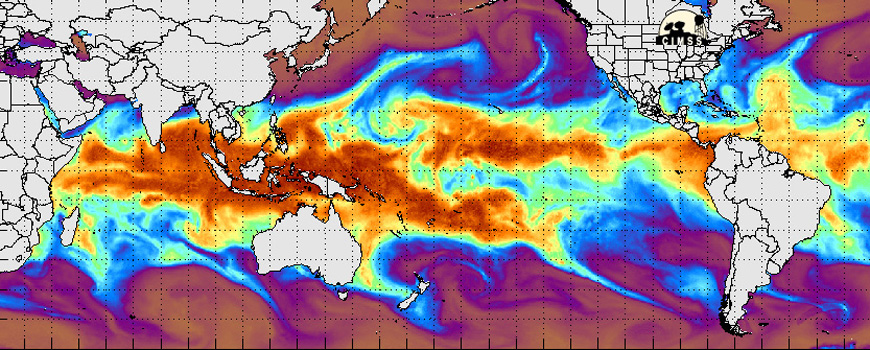A new study from the American Geophysical Union reveals a future of extreme atmospheric river conditions by the end of this century due to climate change. The study found that under current emission scenarios we can expect a reduction in atmospheric rivers by 10%, but because the rivers themselves will be longer and wider than usual, the occurrences of heavy rains, strong winds and other conditions created by atmospheric rivers will increase by about 50%.
Marty Ralph — who co-authored the study, is a research affiliate of the Center and directs Scripps’ Center for Western Weather and Water Extremes — calls for further research in response to these findings. “While all the models project increases in the frequency of atmospheric river conditions, the results also illustrate uncertainties in the details of the climate projections of this key phenomenon,” he said. “This highlights the need to better understand why the models’ representations of atmospheric rivers vary.”
View the full article write-up from the American Geophysical Union here.
Download the study from Geophysical Research Letters here.
Learn more about our research affiliates here.


